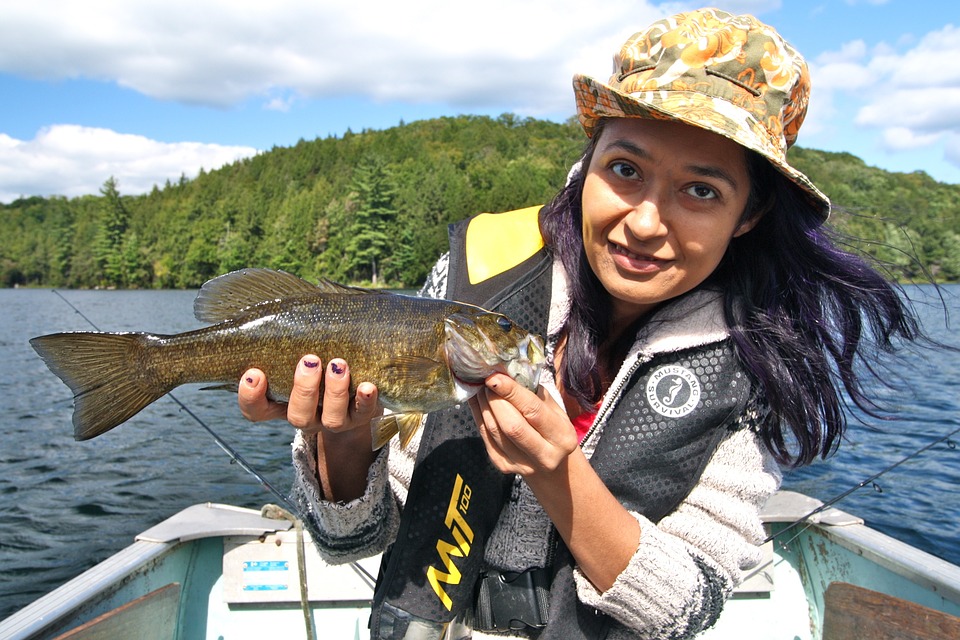Understanding Fish Feeding Behavior: A Comprehensive Guide
Introduction:
Exploring the Intricacies of Fish Feeding Behavior
Fish feeding behavior is a fascinating aspect of these aquatic creatures’ lives. By understanding their feeding habits and patterns, we can provide better care for them in aquariums and ponds, as well as gain insights into their natural behavior in the wild. In this comprehensive guide, we will delve into the basics of fish feeding behavior, the different types of feeding behavior, factors that influence their feeding habits, how to observe and analyze their feeding patterns, and address frequently asked questions about fish feeding.
Heading 1: The Basics of Fish Feeding Behavior
Sub-heading 1.1: The Importance of Understanding Fish Feeding Behavior
Understanding fish feeding behavior is crucial for maintaining their health and well-being. Proper nutrition is essential for growth, reproduction, and overall vitality. By understanding how they feed, we can ensure that they receive the appropriate diet and feeding routine.
Sub-heading 1.2: Factors Influencing Fish Feeding Behavior
Fish feeding behavior is influenced by various factors, including water temperature, oxygen levels, water quality, availability of food sources, predator-prey relationships, and social hierarchy. These factors can impact when, where, and how fish feed.
Sub-heading 1.3: Understanding the Feeding Habits of Different Fish Species
Different fish species have unique feeding habits. Some are carnivorous, feeding on other fish or small invertebrates, while others are herbivorous, consuming algae and plants. There are also omnivorous fish that eat both meat and plant matter. Understanding these differences is crucial for providing appropriate diets in captivity.
Heading 2: Types of Fish Feeding Behavior
Sub-heading 2.1: Carnivorous Fish Feeding Behavior
Carnivorous fish have specialized feeding habits, often stalking and ambushing their prey. They have sharp teeth and powerful jaws to capture and consume other fish or invertebrates.
Sub-heading 2.2: Herbivorous Fish Feeding Behavior
Herbivorous fish primarily consume plant matter, such as algae and aquatic vegetation. They have specialized teeth or mouthparts to graze on these food sources.
Sub-heading 2.3: Omnivorous Fish Feeding Behavior
Omnivorous fish have a more diverse diet, consuming both plant matter and small prey. They may exhibit a combination of feeding behaviors, depending on the availability of food sources.
Sub-heading 2.4: Filter-feeding Fish Feeding Behavior
Filter-feeding fish utilize specialized structures, such as gill rakers or baleen, to filter small organisms or nutrients from the water. They can be found in both freshwater and marine environments.
Sub-heading 2.5: Piscivorous Fish Feeding Behavior
Piscivorous fish exclusively feed on other fish. They have evolved specific hunting strategies and adaptations to capture and consume their prey.
Heading 3: Understanding Fish Feeding Patterns
Sub-heading 3.1: Diurnal vs. Nocturnal Feeding Behavior
Some fish species are diurnal, feeding during daylight hours, while others are nocturnal, feeding primarily at night. Understanding these patterns can help us create appropriate feeding schedules.
Sub-heading 3.2: Seasonal Feeding Patterns
Fish feeding behavior can also vary seasonally. Some species may increase their feeding activity during certain times of the year, such as breeding seasons or periods of high food availability.
Sub-heading 3.3: Feeding Frequency and Quantity
The frequency and quantity of feeding depend on the fish species and their nutritional requirements. Overfeeding can lead to health issues, while underfeeding can result in malnutrition. It is essential to find the right balance.
Heading 4: Factors Affecting Fish Feeding Behavior
Sub-heading 4.1: Water Temperature and Oxygen Levels
Water temperature and oxygen levels directly affect fish metabolism and their ability to feed. Some species may have specific temperature preferences for optimal feeding.
Sub-heading 4.2: Water Quality and Clarity
Poor water quality and clarity can impact fish feeding behavior. Cloudy or polluted water may reduce visibility and make it difficult for fish to locate and capture their prey.
Sub-heading 4.3: Availability of Food Sources
The availability of natural food sources can influence fish feeding behavior. Changes in the ecosystem, such as the depletion of certain prey species, can affect their feeding habits.
Sub-heading 4.4: Predator-Prey Relationships
The presence of predators can significantly impact fish feeding behavior. Fish may alter their feeding habits to avoid predation or adapt their hunting strategies to capture prey more efficiently.
Sub-heading 4.5: Social Hierarchy
In species with social hierarchies, dominant individuals may have preferential access to food, while subordinate individuals may have to wait or scavenge for leftovers. Understanding these dynamics is crucial in multi-fish aquariums.
Heading 5: Observing Fish Feeding Behavior
Sub-heading 5.1: Tips for Effective Observation
Observing fish feeding behavior requires patience and attention to detail. Creating a calm and natural environment, minimizing disturbances, and using appropriate lighting can facilitate accurate observations.
Sub-heading 5.2: Recognizing Feeding Cues and Behaviors
Fish exhibit various feeding cues and behaviors, such as mouth gaping, chasing prey, or grazing on plants. Learning to recognize these behaviors can provide valuable insights into their nutritional needs and preferences.
Sub-heading 5.3: Documenting and Analyzing Feeding Patterns
Keeping a feeding log and documenting feeding patterns can help identify any changes or abnormalities. Analyzing these patterns over time can provide valuable information about fish health and well-being.
FAQs (Frequently Asked Questions):
Q1: How often should I feed my fish?
Q2: Is it necessary to change the feeding routine based on the fish’s size or age?
Q3: What are some signs that indicate my fish are not feeding properly?
Q4: Can fish exhibit selective feeding behavior?
Q5: How can I encourage natural feeding behavior in my aquarium fish?
Q6: Should I adjust feeding habits during breeding seasons?
Q7: Are there any benefits to observing fish feeding behavior?
Conclusion:
Mastering the art of understanding fish feeding behavior is essential for providing optimal care and ensuring the well-being of these aquatic creatures. By delving into the intricacies of their feeding habits, we can create suitable environments, diets, and feeding routines that mimic their natural behavior. This comprehensive guide serves as a valuable resource for fish enthusiasts, aquarists, and researchers alike, allowing us to appreciate and comprehend the fascinating world of fish feeding behavior.









